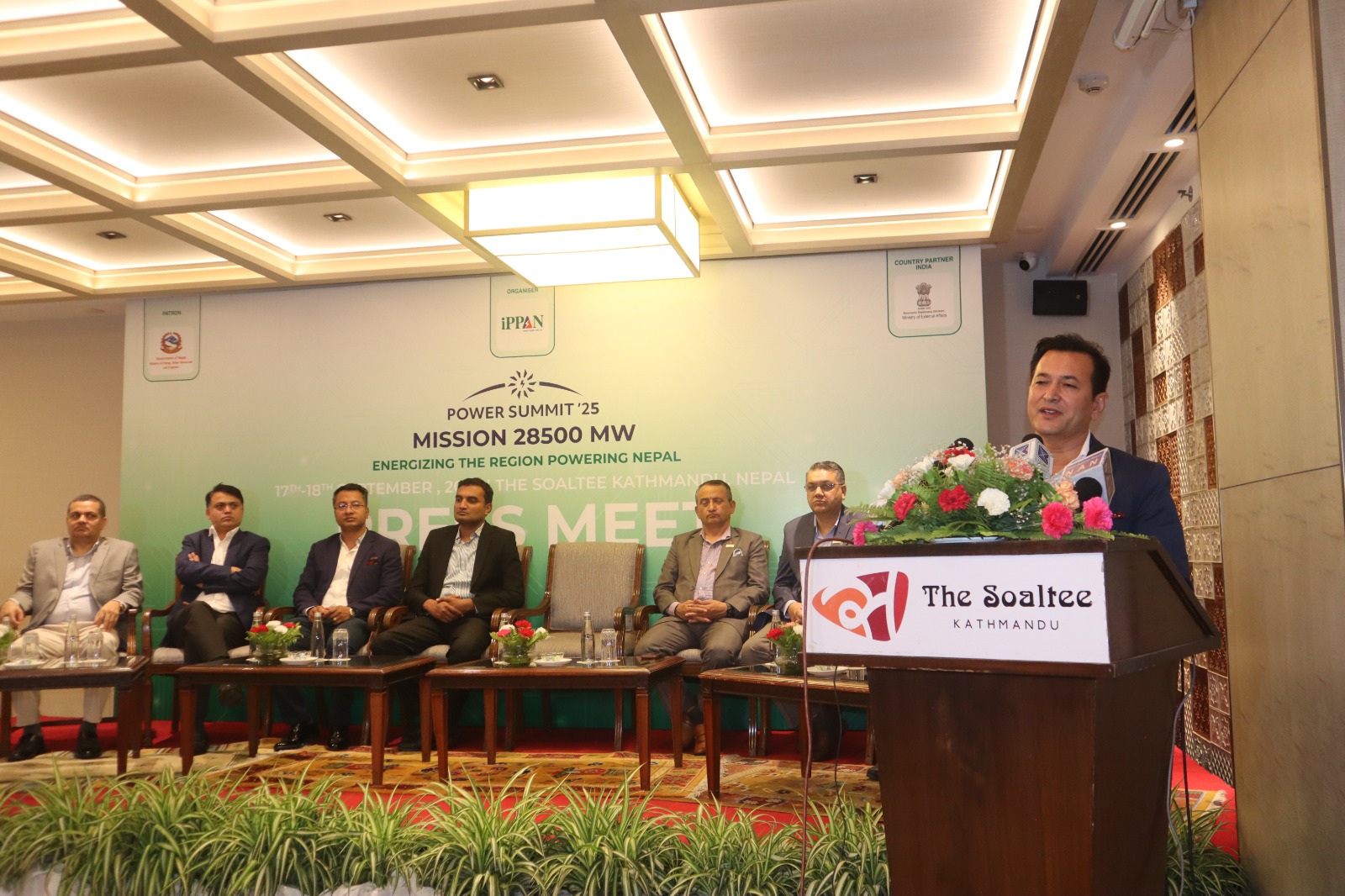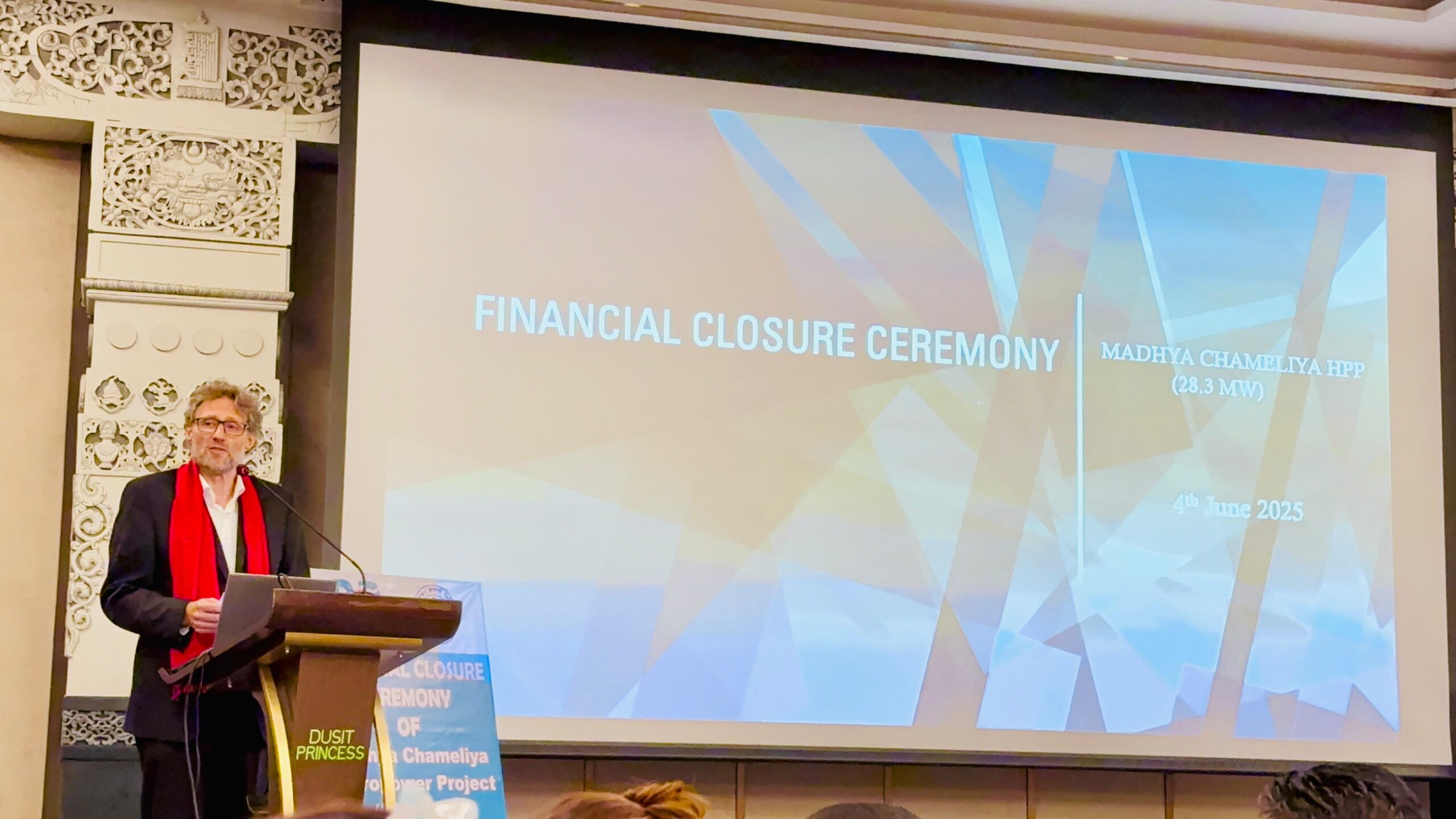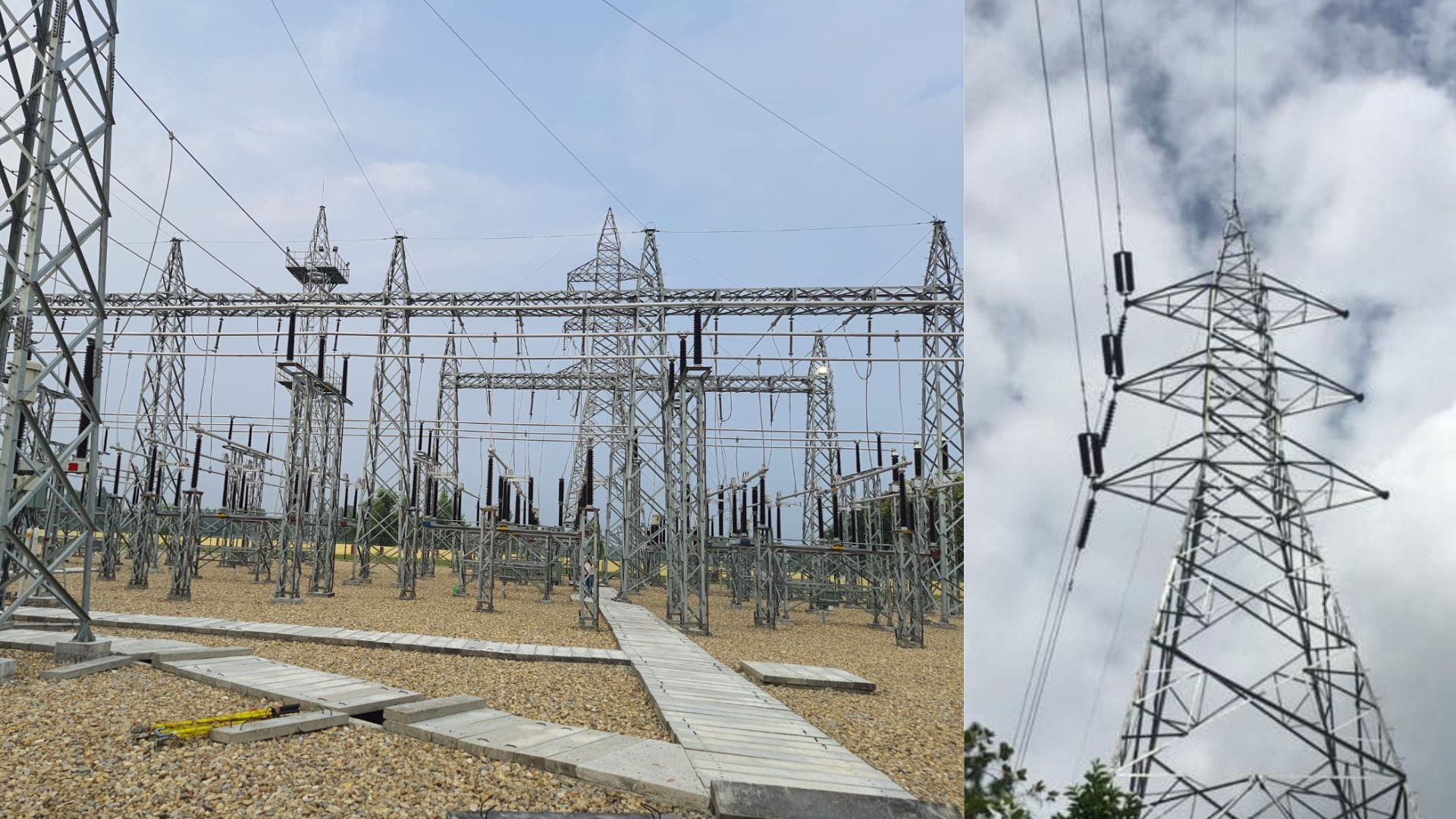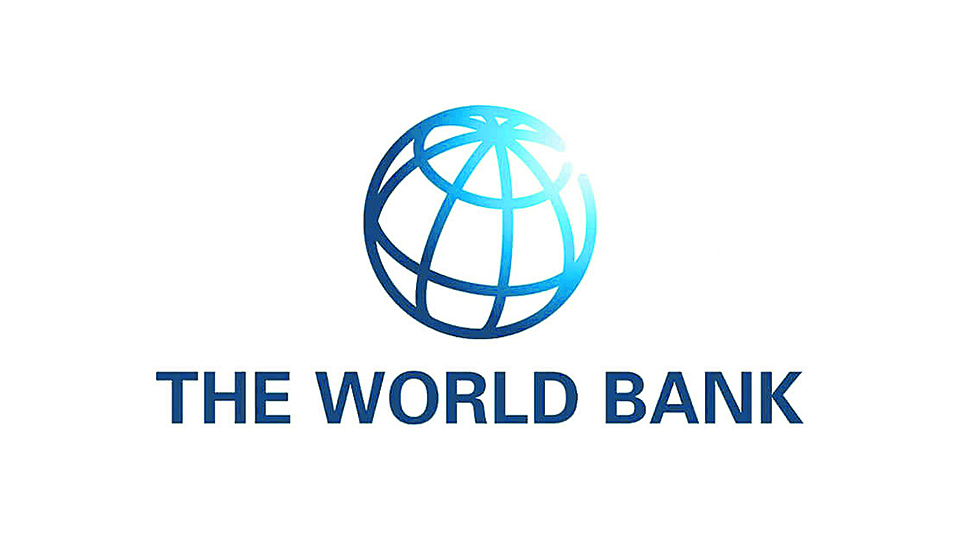
KATHMANDU: Experts and relevant entrepreneurs express concern over the weak export capacity of Nepal highlighting the necessity to enhance production capacity and competitiveness in the global market. They also stressed the need to put in place supportive trade policies and strengthen quality trade infrastructure to promote Nepal’s international trade.
They were speaking at a roundtable dialogue on “Pathways to enhance exports through innovation” organized by South Asia Watch on Trade, Economics, and Environment (SAWTEE). The dialogue was organized to identify and examine constraints to exporting faced by exporters and to discuss the types of innovation support available to exporters from government and private agencies.
Commencing the dialogue, Dr. Paras Kharel, Executive Director, SAWTEE, highlighted in his presentation that the low export earnings in Nepal is because of the inability to scale up production and exports of existing products, inadequate diversification of products, and inadequate diversification of markets. He stated that Nepal losing its trade preferences in important markets with LDC graduation. “With the loss, there will be the need of enhancing productivity and competitiveness. That’s why there is a need for innovation to achieve broad-based and sustained export growth,” Kharel said.
Sarad Bikram Rana, Executive Director, Trade and Export Promotion Center (TEPC) pointed out that despite the Nepal Trade Integration Strategy (NTIS), trade-related infrastructures, customs modernization, export incentives, National Single Window System, and other trade policies, export of Nepal is stagnant. The major reason behind this is the lack of programs and policies to enhance the capacity of SMEs at the production level, he added.
Govinda Ghimire, Immediate Past President, Nepal Herbs and Herbals Products Association (NEHHPA) said that Nepal’s performance in international expos and trade fairs is very poor. Stressing the importance of the micro-level study on the value chain of commodities, Ghimire also talked about the promotion of trademark, labeling, and designing as a significant innovative support measure of export.
Mr. Naresh Shrestha, a member of, the FNCCI executive committee, highlighted the higher cost of production, long transit, higher cost of raw materials, and lack of quick and quality access of products as major challenges in Nepal’s export. Shrestha emphasized the need to provide cash incentives and subsidized loans to exporters, training and technology to labor to enhance exports in Nepal.
Neelu Raimajhi Khatri, President, Federation of Woman’s Entrepreneurs’ Association of Nepal (FWEAN) made a point on the importance of the capacity building of women entrepreneurs and women-friendly technologies to promote export in Nepal. Khatri said, “Government should provide venue and infrastructures for organizations like FWEAN to conduct trade expos, bring a maximum number of entrepreneurs and businesses and encourage them to showcase their products to potential buyers.”
Rajan Sharma, Former President of Nepal Freight’s Forwarders’ Association in his opening remarks said that we don’t sell what we have but we sell the products that are demanded by buyers.
Sharma said, “SMEs are facing major issues in Nepal. Hence, a toolkit should be developed to provide training on identifying actors of the supply chain, quality maintenance, and export-related information, among others. from the grassroots level.
Dr. Posh Raj Pandey, Chairperson, SAWTEE moderated the dialogue. The roundtable dialogue brought together trade experts, logistics experts, academicians, and exporters.









